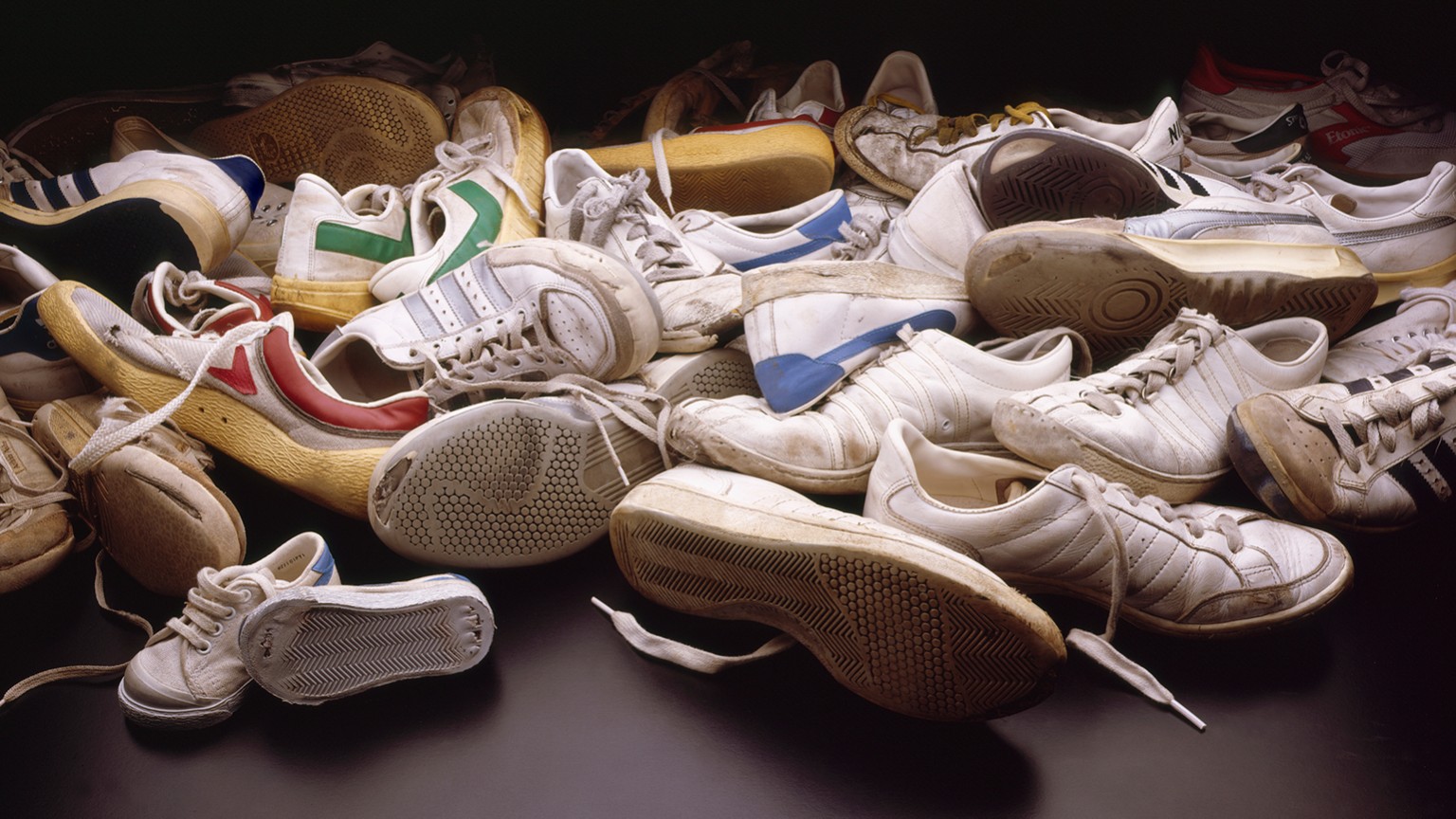Major Japanese sporting goods maker Asics unveiled a new model of running shoes in Tokyo last month. The unique feature is that it's recyclable. It took three years and seven months to develop the company's first such footwear.

Kamifukumoto Fumitaka led the project. He said: "It was difficult to strike a balance between sustainability and functionality or design. I want our customers to wear them not because they are sustainable, but because they're comfortable."
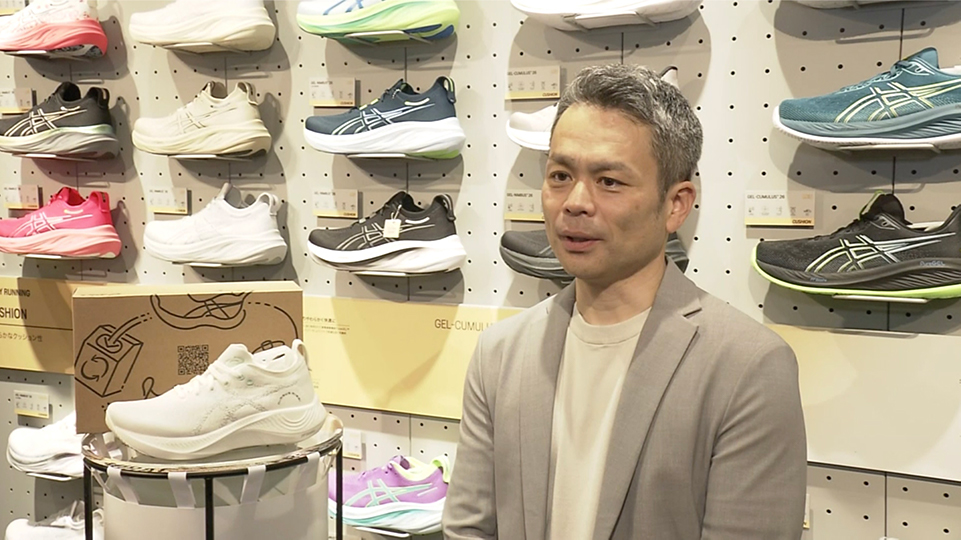
More than 95 percent discarded
Behind the move by such manufacturers is the fact that shoe recycling has not progressed. According to data released by a German research firm, 23.9 billion pairs of shoes were produced annually in the world as of 2022.
Manufacturers estimate that more than 95 percent, or about 2,000 tons, of the waste is disposed of by incineration and for use in land reclamation.
In general, shoes are made of many materials to maintain the shape of the upper part of the footwear. Some models require dozens of different materials that are merged in a complex combination.
In addition, the upper part and the soles are difficult to separate. And the lack of an environment for collection and recycling is another factor.
Technological breakthrough
To solve the recycling problem, Asics has adopted two new technologies.
The first feature unifies the materials used in the upper part of the shoe. Only polyester, and no other material, is used to reinforce vulnerable parts. For example, holes for most shoelaces are usually reinforced with metal rings. But the manufacturer now embroiders the holes with the same material as the rest of the shoe.
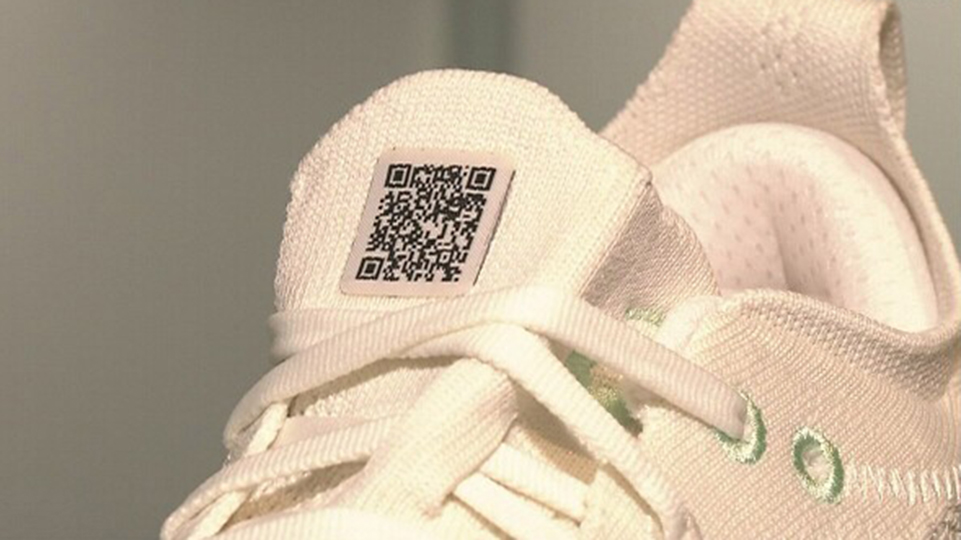
As a result, the shoe does not need to be disassembled during recycling. The entire upper part can be broken into small particles to be recycled as thread. The company says more than 87 percent of its new shoe is recyclable.
Another key to the recyclability of the shoe is the adhesive. The company developed technology to mix a small, capsular particle containing foam components into an adhesive to glue the upper part to the sole. When heated to a certain temperature, the particles expand about 100 times in volume, creating a gap on the adhesive side, making it easier to separate the upper part and the sole.
In fact, the manufacturer developed this technology in 2006 with the aim to repair the soles of leather shoes. But it was not implemented as the glue was found to deteriorate the leather.
The company says the glue has the same strength as conventional adhesives.
During recycling, the soles will be crushed, after being separated from the upper parts, and used as materials for other products, such as exercise mats.
Recycling goes beyond borders
Asics has also established a system to collect shoes to encourage users to recycle them.
By scanning a QR code printed on the shoes or shoe box, a customer can ask for their old shoes to be collected, free of charge.
The collected shoes will be sent to a US-based recycling company.
The manufacturer will start selling the model in eight countries, including Japan, with the aim to sell 7,000 pairs at the outset.
Kamifukumoto said the key point is to launch the project simultaneously around the world and expand its scale in the future. He added he hopes the project will eventually have a major impact on the shoe and clothing industries.
Shoe subscription
Overseas manufacturers are also making efforts to create a system to recycle shoes.
Swiss sportswear maker On is offering recycled shoes via a subscription service.
Users receive new products once they return used shoes about every six months, and manufacturers recycle the collected shoes.
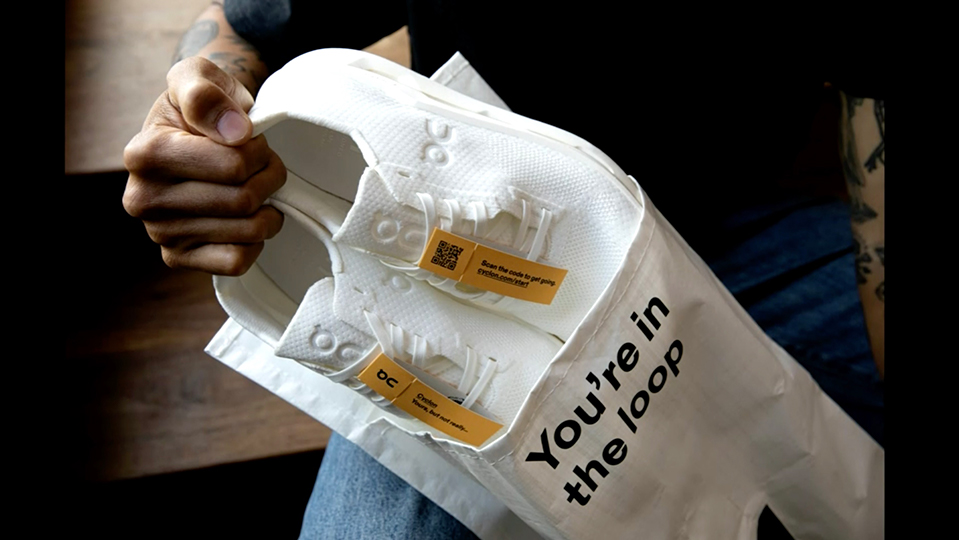
The shoes provided by this service are made of bio-plastic extracted from the seeds of the castor bean. The adhesive is made from the same material so the whole body of the shoe can be crushed and melted.
Swiss sportswear maker says about 90 percent of the collected products can be recycled as shoe materials again, and it aims to recycle 100 percent of them in the future.
No glue shoes
Shoes that don't use glue have also appeared.
US sportswear giant Nike developed such a model and started selling them two years ago. The sole has unique protrusions that can be fitted into holes in the upper part.
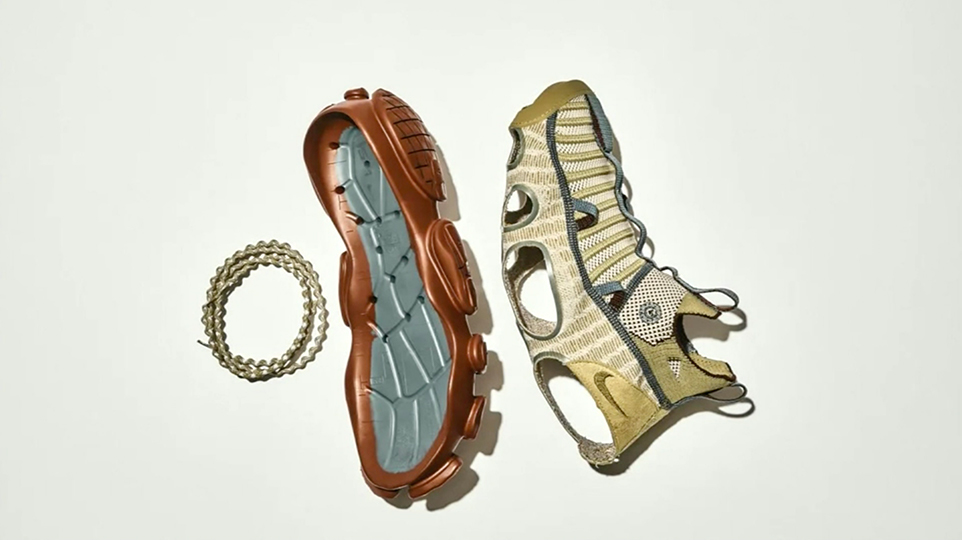
After it is used, the shoe can be broken down and each part can be recycled.
Manufacturers are challenging the mindset that shoes should be thrown away when you finish with them. The developments may be a small step, but can provide us an opportunity to lead a way to a carbon-free society.
